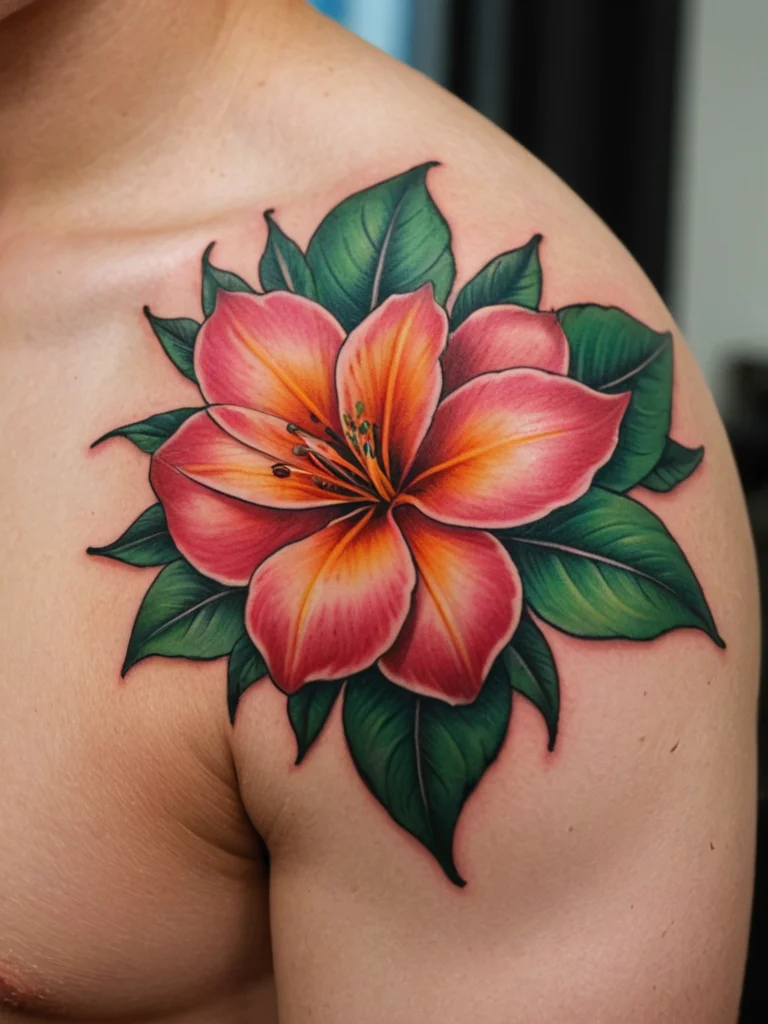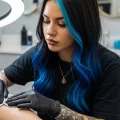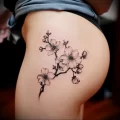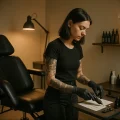Embarking on the journey of getting a tattoo is an exciting milestone for many, a personal expression etched permanently onto your skin. However, this significant decision requires more than just a flash of inspiration. Proper preparation is the cornerstone of a positive tattooing experience and, crucially, helps ensure you’ll cherish your artwork for a lifetime. Rushing into it without careful thought can lead to regrets, unexpected pain, or even health complications. Tattoo artists consistently emphasize that the time invested in preparation is as vital as the time spent under the needle. It’s about making informed choices, understanding the process, and setting yourself up for a beautiful, lasting result. Think of it like commissioning a fine piece of art; the artist needs clear direction, and you need to be ready to receive it. This guide will walk you through every essential step, from conceptualizing your design to the moment the needle touches your skin, ensuring you’re well-equipped to navigate this transformative art form.
Why preparation is key: avoiding tattoo regrets and ensuring a smooth experience
The decision to get a tattoo is deeply personal, and its permanence means that thoughtful preparation is paramount. It’s not just about picking a cool image; it’s about investing in a piece of art that will become a part of your identity. Many individuals, particularly first-timers, underestimate the importance of this initial phase. Tattoo artists frequently encounter clients who haven’t fully considered the long-term implications of their choices, leading to dissatisfaction down the line. This dissatisfaction can range from a design that no longer resonates with them, to placement issues, to even health concerns that could have been avoided. A well-prepared client is one who understands the commitment involved, has a clear vision, and has chosen their artist wisely. This proactive approach minimizes the chances of regret, ensures the tattoo heals beautifully, and ultimately contributes to a more positive and empowering experience. By taking the time to research, plan, and communicate, you are essentially building a strong foundation for a piece of art you will love and be proud to display for years to come.
Researching your design: finding meaning and visual inspiration you’ll love
The heart of any great tattoo lies in its design. Before you even think about booking an appointment, dedicate ample time to exploring the vast universe of tattoo imagery and symbolism. What speaks to you? What story do you want to tell? This is your canvas, and the possibilities are virtually limitless. Start by gathering inspiration from diverse sources. Websites like Pinterest and Instagram are treasure troves for visual ideas, but don’t stop there. Explore art history, mythology, nature, literature, and even personal experiences for deeper meaning. Consider the style that best suits your aesthetic and the chosen design. Are you drawn to the bold lines and vibrant colors of traditional American tattoos, the intricate detail of realism, the minimalist elegance of fine-line work, or the flowing artistry of Japanese irezumi? Understanding different tattoo styles will help you narrow down your options and communicate your vision more effectively to an artist. Don’t be afraid to delve into the symbolism behind potential designs. Many images carry rich historical and cultural significance. For example, a phoenix represents rebirth and resilience, an anchor symbolizes stability and hope, and a lotus flower signifies purity and spiritual enlightenment. Researching these meanings can add profound depth to your tattoo, transforming a simple image into a powerful personal emblem. Tattoo artists often recommend creating a mood board or a digital folder filled with images that capture the essence of what you’re looking for. This collection should include not only the subject matter but also specific elements like linework, shading, color palettes, and overall composition. The more visual information you can gather, the clearer your own vision will become, and the better equipped you’ll be to collaborate with your chosen artist.
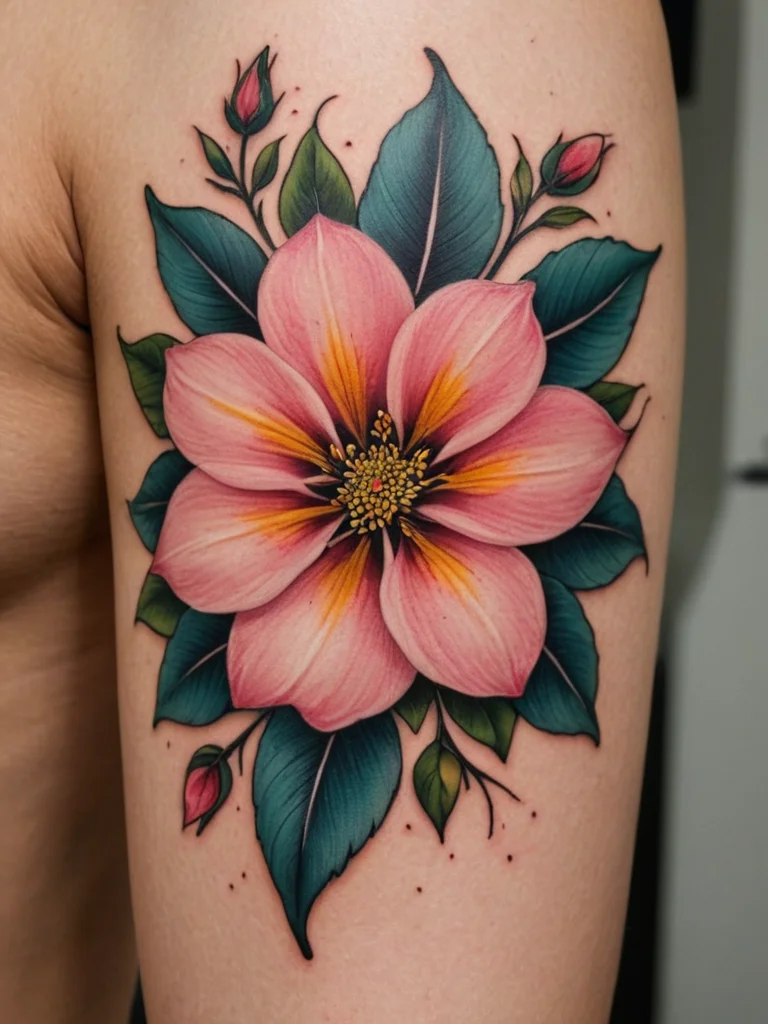
Choosing the right tattoo artist: skills, specialization, and booking your appointment
Selecting the right tattoo artist is arguably the most critical step in the entire process. A skilled artist not only executes the design with precision but also understands how to apply it to the unique landscape of your body, ensuring longevity and aesthetic appeal. When searching for an artist, prioritize their specialization. Many artists develop expertise in specific styles, such as black and grey realism, illustrative, watercolour, or geometric. Look for an artist whose portfolio consistently showcases work in the style you desire. A realism specialist, for instance, might not be the best choice for a bold, traditional design, and vice versa. Explore their online presence – most reputable artists have websites or dedicated social media profiles where you can view their work. Pay close attention to healed tattoos in their portfolio, as these give a realistic indication of how the ink settles and ages over time. Don’t hesitate to read reviews and testimonials from previous clients; this can offer valuable insights into their professionalism, hygiene practices, and overall client experience. Once you’ve identified a few potential artists, it’s time to make contact. Most artists require a consultation, either in person or via email, to discuss your design, placement, size, and to provide a quote. Be prepared to share your inspiration images and discuss your ideas clearly. Good communication is key; a responsive artist who listens to your ideas and offers professional advice is a strong indicator of a good fit. Booking an appointment can sometimes involve a waiting list, especially for highly sought-after artists. Be patient; it’s worth waiting for the right talent. When booking, clarify the deposit policy, cancellation terms, and the estimated duration of the session. Understand that the cost can vary significantly based on the artist’s experience, the complexity of the design, and the time required.
Health and safety first: pre-tattoo care and what to avoid
Your health and safety are non-negotiable when getting a tattoo. Reputable tattoo studios adhere to strict hygiene protocols to minimize the risk of infection and ensure a safe environment. Before your appointment, take proactive steps to prepare your body. Ensure your skin in the area to be tattooed is healthy, moisturized, and free from sunburn, rashes, or any irritation. If you have any pre-existing health conditions, such as diabetes, allergies, or compromised immunity, it is highly advisable to consult with your doctor before getting a tattoo. Inform your artist about any relevant medical history; transparency is crucial for your safety. Avoid alcohol and blood-thinning medications (like aspirin, unless prescribed by a doctor) for at least 24-48 hours before your session, as these can increase bleeding and affect the healing process. Getting adequate sleep the night before is also beneficial, as being well-rested can help you manage the pain better. On the day of your appointment, avoid strenuous physical activity that might cause excessive sweating. The tattoo studio itself should be visibly clean. Licensed artists will use new, sterile, single-use needles for each client, properly sanitize their equipment, and wear gloves throughout the procedure. Don’t be afraid to ask about their sterilization methods or to observe their setup. Understanding and adhering to these safety measures ensures that your focus can remain on the art itself, with the peace of mind that you are in a safe and professional environment.
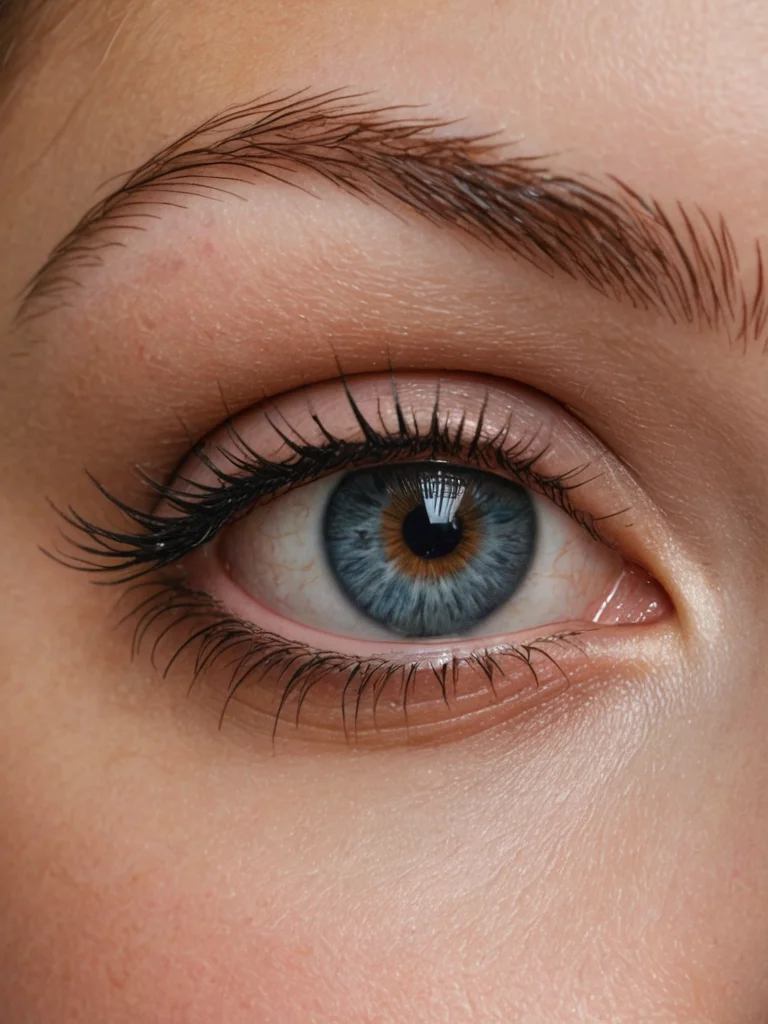
The day of: what to eat, wear, and expect at your tattoo session
The day you’ve been anticipating has finally arrived! To ensure you have the best possible experience, a little planning goes a long way. Start your day with a substantial, balanced meal. Getting tattooed on an empty stomach can lead to lightheadedness, dizziness, and increased pain sensitivity. Opt for foods that provide sustained energy, avoiding excessive sugar or caffeine, which can make you jittery. Staying well-hydrated is also important, so drink plenty of water leading up to and during your session. When choosing your attire, think comfort and accessibility. Wear loose-fitting clothing made from soft fabrics that won’t irritate the tattooed area or rub against a fresh tattoo. If the tattoo is on your arm, a short-sleeved shirt is ideal. For a leg tattoo, shorts or loose sweatpants work well. Consider clothing that allows easy access to the area being tattooed without being overly revealing or restrictive. It’s also a good idea to wear darker colours, as ink or stencil residue can sometimes transfer onto clothing. At the studio, your artist will first prepare the area, shaving it if necessary, and then applying a stencil of your design. Take a moment to review the stencil placement and ensure you are happy with it before the artist begins. Don’t hesitate to communicate if you need adjustments. During the session, try to relax and breathe deeply. Listening to music or a podcast can be a great distraction. If you experience significant discomfort, inform your artist; they can often offer advice or short breaks. Remember that pain tolerance varies from person to person and depends on the location and duration of the tattoo. Stay positive, trust the process, and remember that the discomfort is temporary, but the art is permanent.
